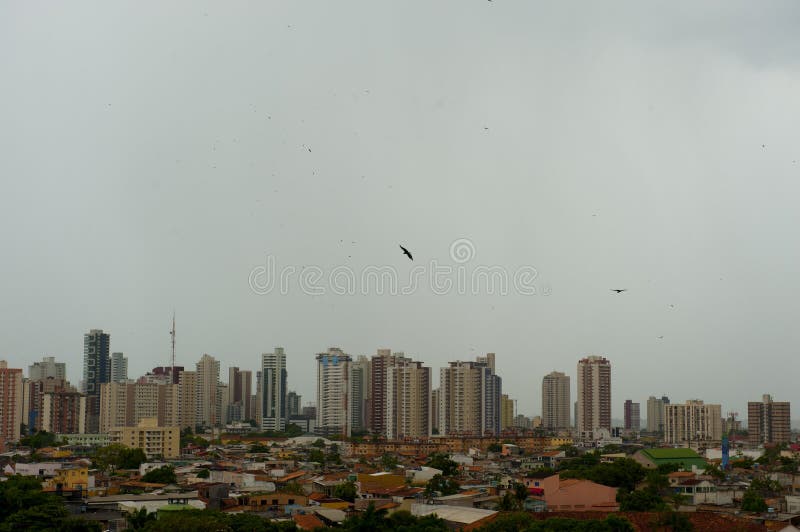
There are a lot of modern high rises, but between them particularly in Cidade Velha and Campinas there are a vast number of well preserved colonial buildings, from the rubber boom and earlier. If for some strange reason you find yourself in possession of a bike while in town, there are a great number of cycle lanes along the main avenues.īelém is a lively and friendly city but it can look quite unappealing at first sight. You should avoid taking the mini buses, however, becasue they are very dangerous. Most buses run until about 11PM, but minibuses go virtually around the clock on major roads. Do as the locals: Wave and run for it!Īnother transport "hub" is in front of the bus terminal, next to São Bráz, only slightly less chaotic. The challenge lies in finding the right bus, and also getting onboard, as it will stop anywhere on a stretch of some 2-300 metres, or atempt to pass straight. The number of buses passing Avenida Presidente Vargas is nothing short of astonishing, and you can get virtualy anywhere within Greater Belém from here. There are many local busses travelling all over the city at often exhilirating and reckless speeds. There is one major long distance coach terminal at Sao Braz. If you ask your hotel, hostel, or someone at the bar or restaurant where you find yourself, they'll be more than happy to direct you to the nearest cooperative or call a cab for you. Make sure you only take taxis from cooperatives. If you find yourself out late at night, lost, or stuck in the rain, taxi's in Belém are relatively inexpensive for short distances. Regardless, it's a great way to meet people and get a taste of Pará's culture and natural beauty. It's not uncommon for people to be robbed on the boat. However, be careful of your belongings and travel light on the boat or in groups if possible. If you are traveling from Macapá, Manaus or Santarém, a boat trip down the Amazon is an authentic an interesting way to travel. (you can try to negotiate, but you can also help the taxi association to promote the «taximetro», with fair prices for everyone).īelém recently finisehd its fluvial terminal for boat travel.

There are a number of taxi's lined up outside the baggage claim. If you have a lot of luggage, taking a taxi for R$ 20-40 might be a better option.

To get in town, take the bus Pratinhas to/from Presidente Vargas, and Marex to/from Praça da República. There are regular international flights linking Belém to Cayenne, Georgetown, Paramaribo and Miami, and many direct domestic flights linking Belém to Brasilia, Fortaleza, Manaus, Rio de Janeiro, Sao Paulo and Macapá. It is possible to travel by air-conditioned coach to Belém from most major points in Brazil.ĭue to Belém's relative isolation, travel times can be quite lengthy (Examples 12h to São Luís, 27 hours to Fortaleza) 36 to 42h to salvador- especially from the south. It is one of the largest catholic processions in the world.īelém's huge bus terminal close to the city's center offers bus routes to and from a number of major cities in Brazil as well as other cities and smaller towns in Pará. It became an extremely wealthy city with the Rubber Boom at the end of the 19th century and many beautiful colonial buildings from this era are still visible.Įvery year in the second Sunday of October, Círio de nossa Senhora de Nazaré, more commonly called Círio de Nazaré, is celebrated in Belém. In a way, Belém is a synthesis of the culture of the Portuguese with the indigenious cultures native to the Pará region of the Amazon, especially in the cuisine. The city was established in 1616, after the construction of "Forte do Presépio", today called "Forte do Castelo", on the banks the Pará river. Its river port is a key part of the supply chain for many industries in Northern Brazil and helps drive much of the area's economic activity. Belém, located near the mouth of the Amazon River in northern Brazil, is the capital and largest city of the state of Pará.īelém is on the banks of the Bay of Guajará, which is formed by a set of islands and river mouths on the estuary of the Amazon river.


 0 kommentar(er)
0 kommentar(er)
